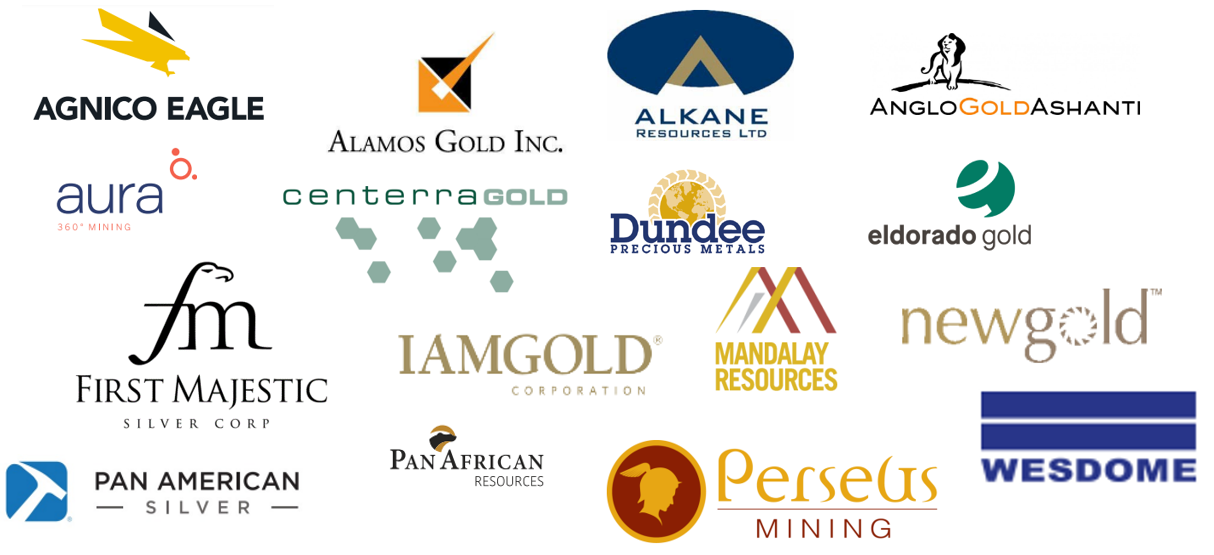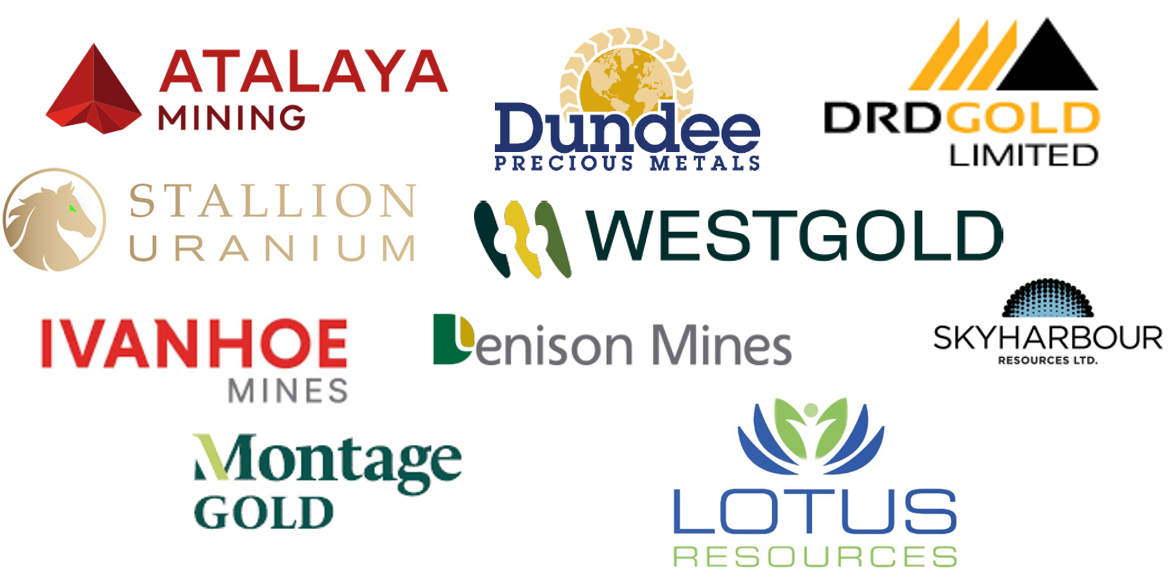Posted on
27. February 2024
The ICG Commodity Update is our monthly published comment on the energy, industrial metals and precious metals market.
Energy
Oil prices have recently risen, with the Red Sea turmoil having the least impact. The surge is attributed to winter storms affecting U.S. oil production, particularly in North Dakota and Texas, causing a temporary 1mboe/d or 7.5% reduction in daily domestic output. However, this output is expected to fully recover soon. A week later, Saudi Aramco unexpectedly paused a 1mboe/d capacity expansion planned for 2027, without explanation. OPEC+ output cuts have left Saudi Aramco below its maximum output potential, pumping around 9mboe/d currently. The decision to abandon the capacity expansion reflects a longstanding trend in Saudi Arabia’s history of announcing substantial production expansions, only to backtrack on those plans later. The enduring reality is that the global shift away from Saudi crude is ongoing, with a growing preference for American oil. This transition extends beyond the United States, encompassing countries like Canada, Brazil, and Guyana as key players in the evolving landscape of the oil market. This will result in important geopolitical changes going forward. Therefore, not so surprisingly, Brent crude oil futures remained in the $70s for six weeks, disregarding geopolitical events like Houthi attacks in the Red Sea, oil tanker diversions, and tensions in Iran, and off the coast of Oman. Even oil options prices indicate market calm, with option-implied volatility decreasing from over 50% after the Hamas attack on Israel to around 36%. JP Morgan analysts concluded there was no geopolitical risk premium in petroleum prices currently. Big Oil’s prominence has diminished, comprising just 3.6% of the S&P 500, down from 5% a year ago. Microsoft’s market value now surpasses Exxon’s by 7 times and Shell’s by 14 times. Microsoft’s Free Cash Flow is on the other hand only 2 times bigger than Exxon’s and 2.3 times bigger than Shell’s in 2023. Nevertheless, Big Oil’s post-pandemic strategy involved taking cash from rising oil prices and returning it to shareholders. With a 20% crude decline in Q4 2023 and shrinking refining margins, analysts anticipate limited cash for stock buybacks this quarter, emphasizing the importance of operational performance. After $260bn of M&A in 2023, this trend is expected to continue, with notable deals in January, such as APA purchasing Callon Petroleum and Chesapeake, and Southwestern merging together.
Industrial Metals
Heightened macroeconomic concerns from elevated interest rates, high energy prices, a strong U.S. dollar, and a sputtering China, continue to stoke global recession fears. Although some analysts remain concerned with near-term consumption risks, several commodity markets appear surprisingly tight in 2024, driven by ongoing supplyside underperformance and remarkably resilient demand. Moreover, with visible inventories for some metals already at critically low levels, analysts anticipate a relatively attractive pricing environment this year, despite economic uncertainty. In the case of copper, several hedge funds are betting that copper stocks are significantly undervalued, as they position themselves for gains this year. Those bullish bets follow a supply setback, with key mines running into trouble at the end of last year. The upshot is that what had looked like a clear case of excess supply has now morphed into a likely deficit according to analysts. The development underscores the fragility of supply in markets where there has been very little capex for new projects, or where even sustaining and maintaining existing operations has been a challenge over the past decade. Overall, copper gained only 2% last year, following a 14% decline in 2022. So far this year, the base metal’s price is little changed, bullish bets for 2024, however, are continuing to mount. Robert Friedland, the billionaire founder of Ivanhoe Mines, said recently he wouldn’t be surprised if the price climbed to $9,500 a metric ton this year, as interest rates come down and demand from China heats up. For miners with existing operations, copper’s tight supply dynamics are good news. But given the long-term demand projections, there’s a conspicuous lack of investment in new supply. That gap is so big that some manufacturers even warn it may put the energy transition at risk. Battery metals such as lithium and cobalt on the other hand are having a tough time. Core Lithium said it would close one of its mines, cutting 150 jobs. The battery minerals sector could be on track for more mine closures as its quarterly reporting season gets under way – with several producers on track to report annual losses. It’s not surprising that lithium prices have sharply retreated, considering the substantial influx of new companies focusing on this metal in recent years. Therefore, it is crucial to consider only those companies that can remain profitable even during downturns, thanks to their leading cost profiles and streamlined balance sheets.
Precious Metals
According to analysts, the resilience of gold can be attributed to geopolitical anxieties linked to escalating tensions in the Middle East, along with sustained robust demand for physical gold from central banks and China’s middle class striving to safeguard their diminishing wealth amid the property market crisis. Interestingly, with gold prices holding over $2,000/oz, it appears that the stage is set perfectly for a wave of M&A to sweep through the gold equities in 2024. While analysts note potential producer-buys-producer possibilities, valuation disparity and insights from management teams would indicate that there is also room for producer-buys-developer transactions, especially if the developer is fully permitted. More recently, exploration budgets have shown an uptick, but global reserves are still depleted, and senior gold company production is expected to decline – still, the number of transactions is lower than pre-COVID levels. According to BMO, tier one jurisdictions have, and are expected continue to, garner most of M&A interest in the space, with 41% of the mines acquired in the past 10 years being in Canada and the United States, and 25% in Australia in the same time frame. When examining transaction sizes, there is lower variability in value generation for the larger deals, and higher variability in ROI for the smaller deals. Logically, this can be attributed to the fact that smaller companies or assets generally have more opportunity for growth, especially on a relative basis. As demonstrated by the top 4 value generating deals, the most notable returns came from medium-large caps making smaller acquisitions. The precious metals champions fund’s portfolio prefers small to mid-cap companies, representing 84% of the equity exposure. The fund emphasizes the reserve valuation, calculated as the enterprise value divided by 2P reserves, and considers the cash costs of a company, among other factors. In essence, the focus is on evaluating how inexpensively a company or asset can be acquired and its ability to produce profitable ounces. Our analysis indicates that these factors are crucial in determining the attractiveness of a potential target. Currently, the weighted average EV/2P of the portfolio is at $280/oz (vs. universe at $346/oz) while the cash costs are at $1’100/oz (vs. universe at $1256/oz).
Read More













